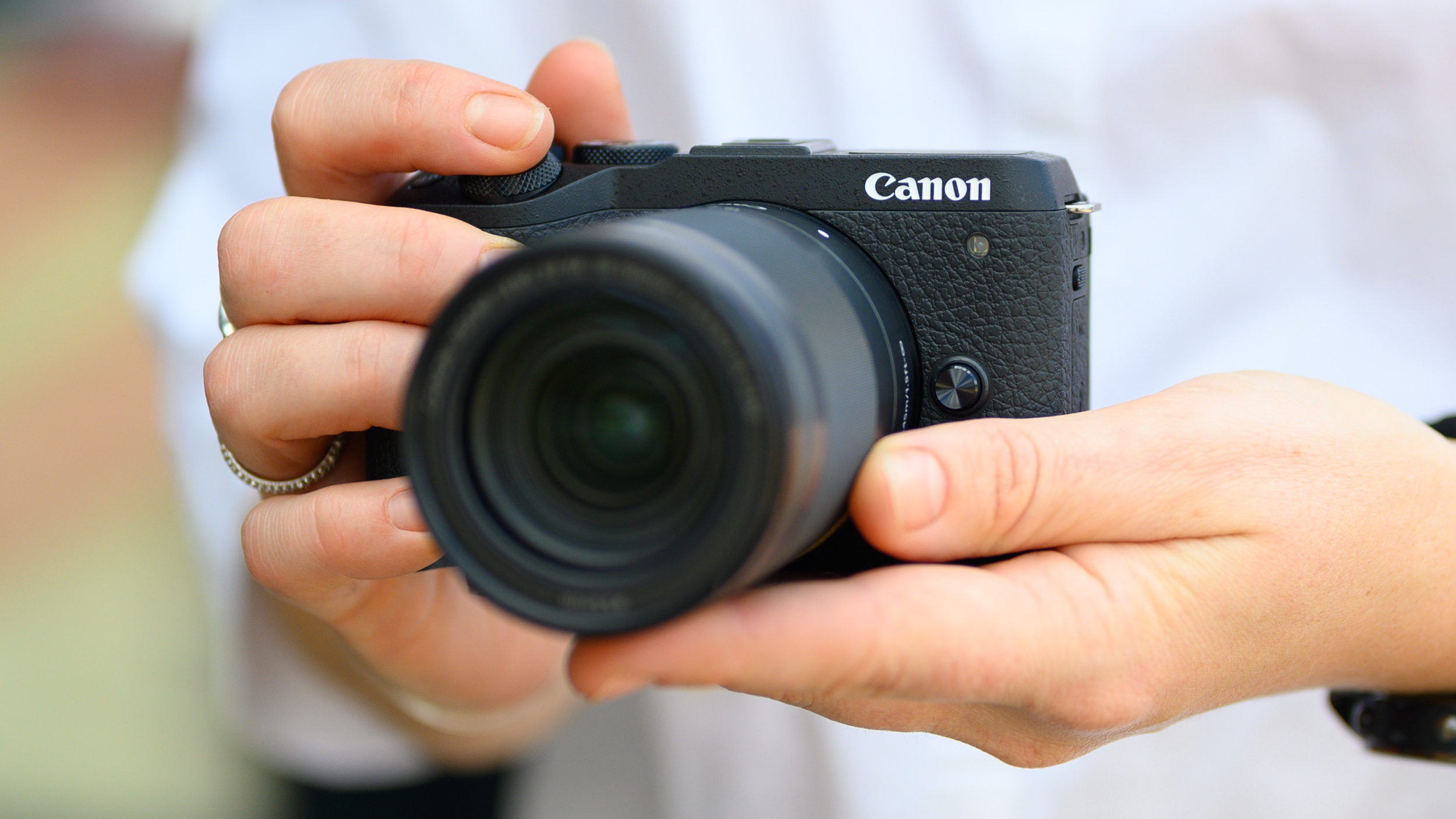TechRadar Verdict
There’s a lot to like about the Canon EOS M6 Mark II. Its small size and low weight make it the ideal traveling companion, without compromising on specs and features, and a super-high resolution APS-C sensor, 14fps shooting and uncropped 4K add up to one tasty package. We have a few reservations, but overall it’s a fantastic camera that's well worthy of consideration.
Pros
- +
Great size for travel
- +
High-resolution APS-C CMOS sensor
- +
Fast max burst rate
Cons
- -
No built-in viewfinder
- -
Screen only tilts
- -
Relatively limited native lens range
Why you can trust TechRadar
Launched at the same time as the Canon EOS 90D DSLR, the EOS M6 Mark II is not only an evolution of the previous M6; in some respects it's a miniature 90D, as the two cameras share the same sensor.
Canon’s M range of mirrorless APS-C cameras have been playing second-fiddle to its full-frame options lately, and while some of Canon’s M-series models are underrated, decent performers, the original M6 arguably wasn't the easiest to fall in love with.
The EOS M6 Mark II represents a fairly dramatic overhaul of that camera and is among the best beginner mirrorless cameras to consider, as well as being one of the best Canon cameras. Canon's decision to place a high-resolution sensor inside a miniature body along with a range of impressive action-friendly specifications is a fairly bold move for a model which might otherwise only appeal to travel photographers.
The M6 Mark II isn't only replacing the M6, but also, apparently, the EOS M5. Unlike the M6 the M5 came with a viewfinder, and you can purchase a detachable OLED viewfinder either separately, or as part of a kit package if that's a feature you like to have.

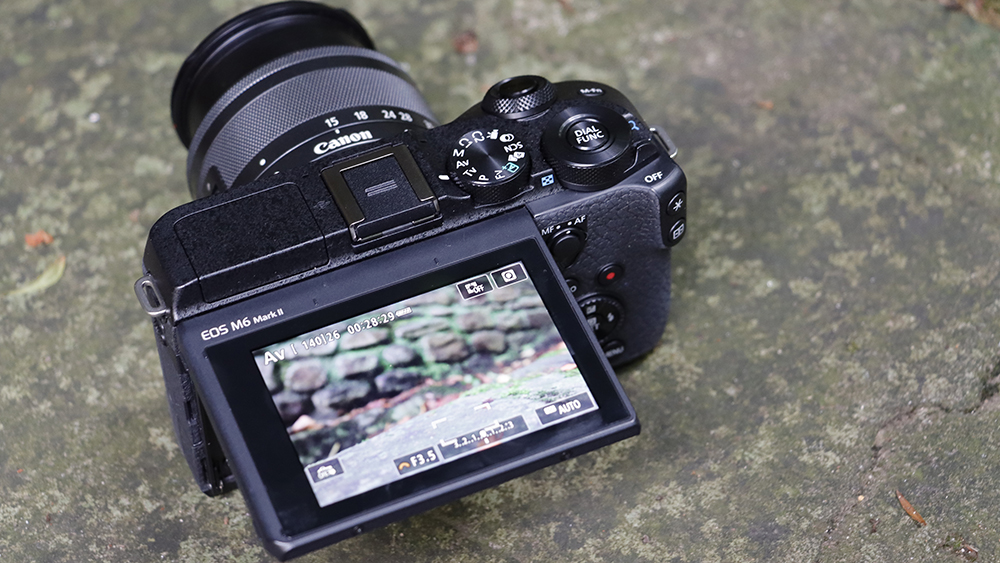
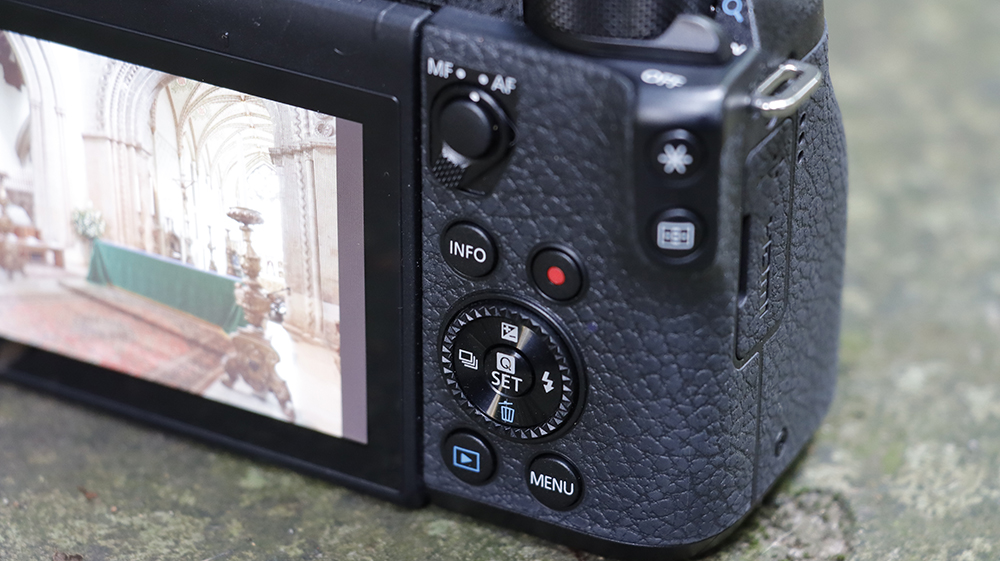
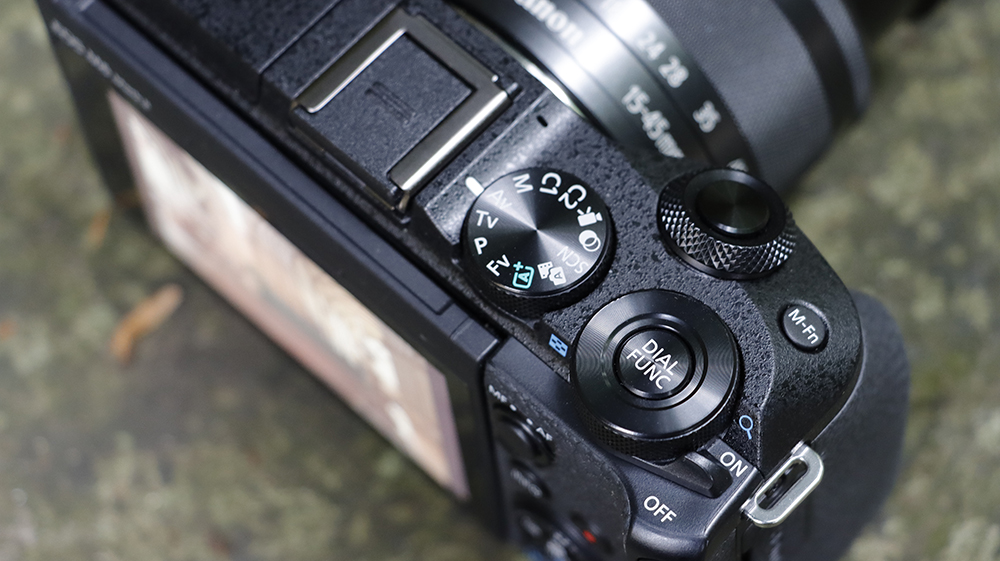
Sensor: 32.5MP APS-C CMOS
Screen: 3.0-inch tilting touchscreen, 1.04 million dots
Burst shooting: 14fps / 30fps RAW Burst mode
Autofocus: 143 phase-detect points
Video: 4K UHD up to 30fps/ 1080p Full HD up to 120fps
Connectivity: Wi-Fi, Bluetooth, USB-C
Battery life: 305 shots
Weight: 408g (including battery and memory card)
Features
- New 32.5MP CMOS sensor
- 14fps shooting
- Uncropped 4K video recording
The sensor in the EOS M6 Mark II gets a dramatic boost in resolution over the one in the M6, packing more pixels than ever before on a Canon APS-C sensor. To go with it, there’s the latest Digic 8 processing engine, which gives the M6 Mark II an impressive speed boost over the M5 and the M6 – specifically 14fps shooting with continuous autofocus at full resolution. A 30fps raw burst mode is also available, if you can live with 'just' 18 megapixels.
Another welcome improvement is the addition of uncropped 4K video recording, and this, along with its tilting screen, microphone socket and small size, could make the M6 Mark II an interesting choice for vloggers.
Autofocus wise, we’ve got some new functionality in the form of eye-detection, which we've seen previously on Canon's EOS R and EOS RP full-frame mirrorless models – although don’t expect to use it for more than one subject.
Sign up for breaking news, reviews, opinion, top tech deals, and more.
When it comes to design, Canon has essentially refined what it already had. It’s ditched the exposure compensation dial on the top plate to equip the camera with a Dial Func control which can be switched up to control a variety of settings.
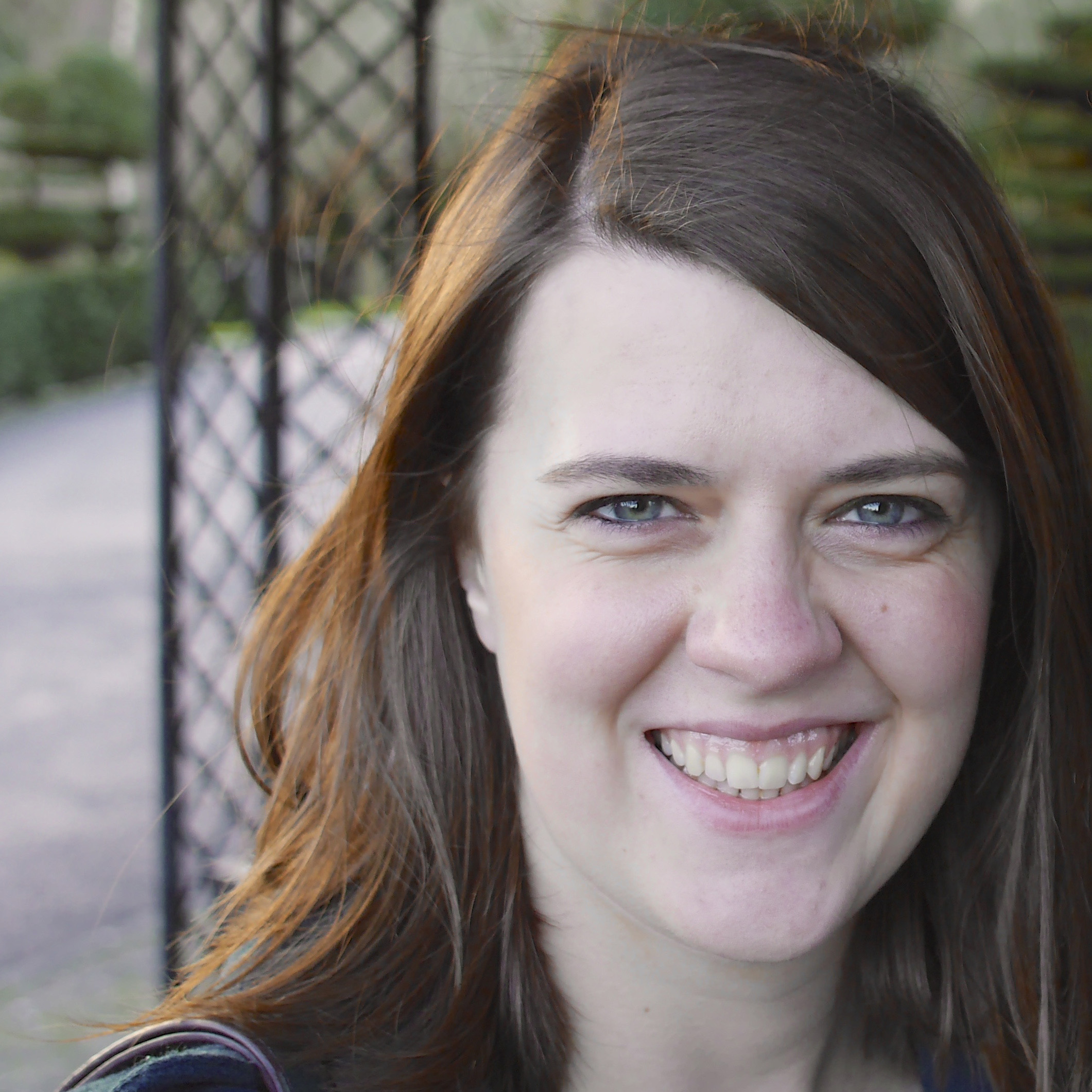
Amy has been writing about cameras, photography and associated tech since 2009. Amy was once part of the photography testing team for Future Publishing working across TechRadar, Digital Camera, PhotoPlus, N Photo and Photography Week. For her photography, she has won awards and has been exhibited. She often partakes in unusual projects - including one intense year where she used a different camera every single day. Amy is currently the Features Editor at Amateur Photographer magazine, and in her increasingly little spare time works across a number of high-profile publications including Wired, Stuff, Digital Camera World, Expert Reviews, and just a little off-tangent, PetsRadar.
